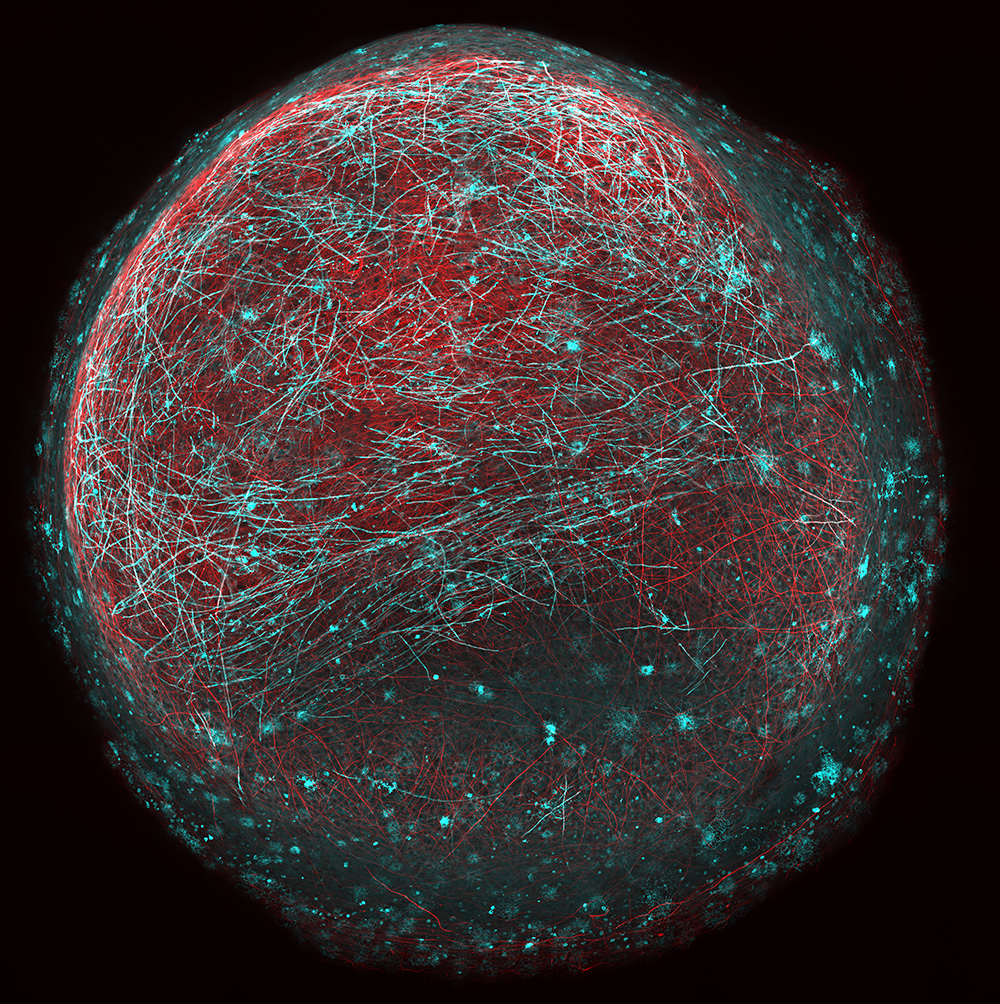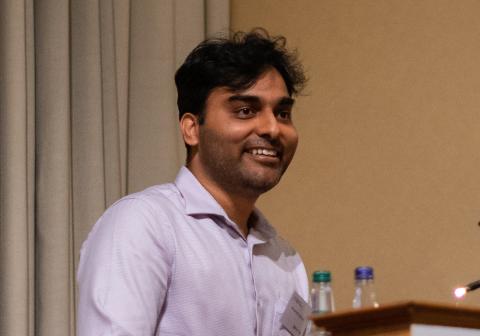Biography
Dr Bhuvaneish T Selvaraj is an engineering graduate from Anna University, India. He began his scientific research career completing a PhD in the lab of Prof Michael Sendtner at University of Wuerzburg, Germany. In 2014, he moved to University of Edinburgh to undertake his postdoctoral research on human stem cell disease modelling of neurodegenerative diseases. In 2020, Dr Selvaraj was awarded the Chancellor’s fellowship, funded by Anne Rowling Regenerative Neurology Clinic, to undertake a research programme that aims to gain greater understanding of the molecular pathomechanisms leading to selective vulnerability of motor neurons in amyotrophic lateral sclerosis. In 2021, he became an Emerging Leader at the UK DRI, sponsored by Prof Siddharthan Chandran.
Selvaraj Lab
Explore the work of the Selvaraj Lab, seeking to understand the underlying mechanisms that cause neurons to degenerate in ALS, with a view to identifying new therapeutic targets

